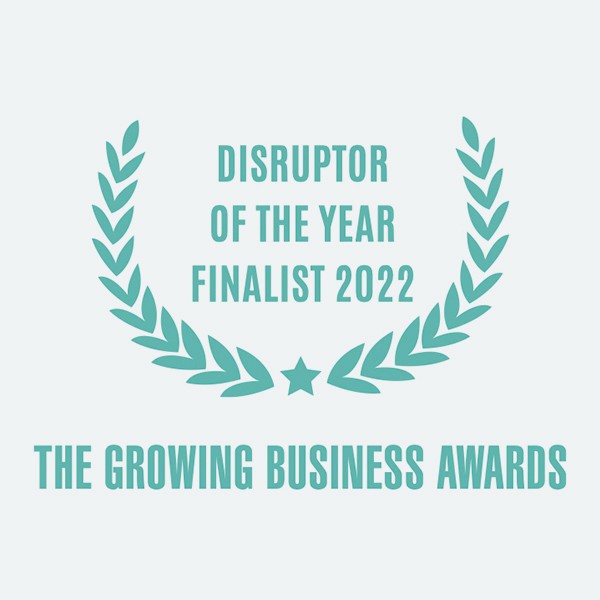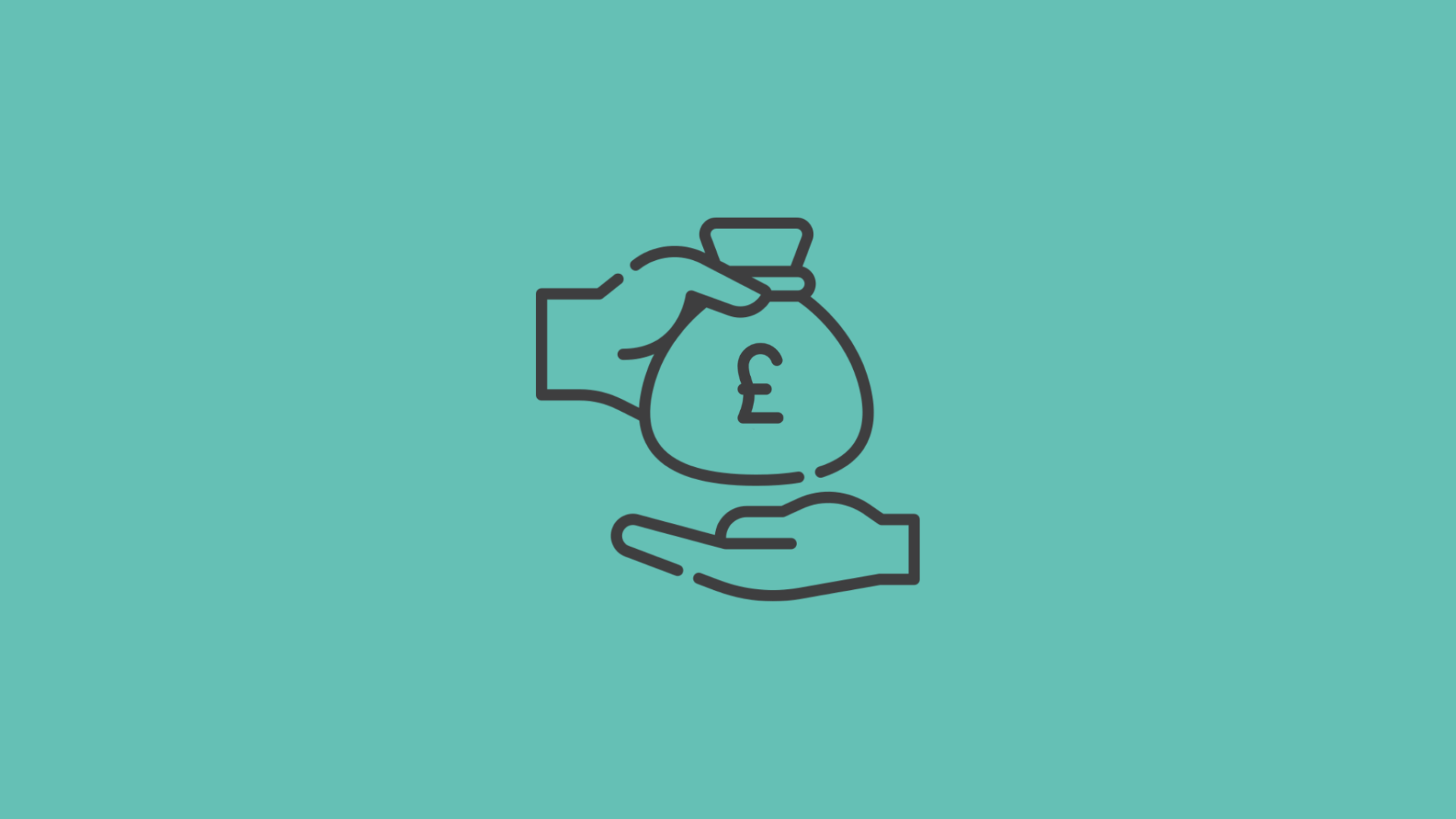

How To Survive Investor Rejection – 4 Top Tips for Founders
3rd January 2023
Being an investable entrepreneur is not for the faint-hearted.
Almost every founder seeking investment has encountered knockbacks along the way. It doesn’t matter how fabulous and must-have your product or service is, knockbacks are certain to happen to you too.
To be an investable entrepreneur you’ve got to have a thick skin. You’ve got to stop at nothing and keep believing in your project even when nobody else seems to. It’s all part of the ‘sales mentality’ that every founder needs. If you let today’s investor rejection unsettle you, how positively will you pitch to the next investor tomorrow? Answer: You won’t.
Related: What’s More Important to Investors: The Idea or the Team?
There’s a massive list of superstar entrepreneurs who would never have achieved success if they’d listened to the doubters and nay-sayers who told them their ideas wouldn’t fly. I won’t list them because you’ve probably heard most of them already. If not, they’re easy to research. However, it’s often extremely useful (as well as inspiring) to read the stories of start-up entrepreneurs who have recently been on the same journey as you. This Forbes magazine article about the resilience-building challenges that ten members of the Young Entrepreneurs Council faced is an excellent place to start.
Non-Believing investors come in many forms
- There’s the non-believing investor who will tell you flat out that your idea won’t work, and that you’ve got it all wrong.
- There’s the non-believing investor who will tell you there’s something in your idea, but it’s so niche there’ll be no profit in it. They’re the “keep your day job and just do it as a hobby” non-believers, and sometimes that rejection from an investor can be the worst of all. It’s dressed up to be positive but it’s patronising as well as demoralising.
- Finally, there’s the ‘are they a believer or not’ investor who might seem very interested to begin with, and then completely ghost you.
Be prepared, you’re very likely to encounter at least one of these non-believer types before you meet ‘The One’.
Most frustrating of all, when an investor rejects you it’s highly unlikely they’ll tell you why you have been rejected. A few of them might but most won’t have the time or inclination to bother. Sometimes that’s because they couldn’t explain why they’ve rejected you themselves. Investors often make their decisions based on gut instinct and that’s a tough one to put into words.
Tip 1: You’ve got to be relentless
It doesn’t matter what the investors think. It doesn’t matter why they’ve rejected you.
The bottom line is you weren’t the right fit for them. For whatever reason, your offering wasn’t aligned with their strategic vision. Accept it and move on.
Reframe the investor rejection you’re experiencing into a version of that well-known Thomas Edison quote, “I have not failed. I’ve just found 10,000 ways that won’t work.”
In your case, you’ve just found one more non-believing investor who wasn’t the right person to invest. That’s their loss. The good news is you’re another step closer to finding ‘The One’ investor who’s going to make running the gauntlet of all the doubters and non-believers worthwhile.
Always, always, back yourself in the face of criticism.
Tip 2: Investor rejection hurts, that’s a good sign
I’m not trying to play rejection down. Rejection from an investor hurts. It’s arguably the hardest part of the whole investable entrepreneur journey because it takes tremendous courage to put your ideas out there. Watching them get stomped on can be soul-destroying.
If that’s how being rejected feels, that’s a positive sign. It means you genuinely care about your idea. It means you believe in it, and you’re protective of it. That soul-destroying feeling is a powerful sign you’re on the right track because if there were anything inside you that wasn’t totally committed to your creation, rejection wouldn’t sting as it does.
It’s not unlike the nerves that athletes or actors feel before they step onto the field or the stage. They’re nasty, but if they didn’t have them, it would be time to worry.
Investor rejection is exactly the same. It’s important to feel rejection but not be put off by it. One day, you might even look back on it and share the experience with others. Sifted.com touched on this in an interesting op-ed about the importance of celebrating failure and why it is essential to a thriving entrepreneurial community. Whether you agree with the author’s conclusions or not, the article gives plenty of food for thought.
Tip 3: Every “No” is one step closer to “Yes”
At Robot Mascot, we hear a lot of “success is on the way, you’ve just got to keep the faith until it reaches you” stories. Probably the best illustration of this is when a client recently messaged me to say that after months of rejection and seemingly making no progress in raising investment, they were ready to throw in the towel.
Then, just as they’d mentally called it quits on finding an investor and were plotting how to fund the business via other sources, an investor gave them a “Yes.”
It was a “Yes” that led to many “Yes’s”. Like London buses, “Yes’s” can often take a long time to show up, and then a whole fleet of them will arrive together.
But that isn’t the end of what happened.
Suddenly, investors they’d spoken to who’d given them a “maybe” and then glued themselves to the fence and investors who’d seemed interested to begin with and then ghosted them all popped their heads over the balcony to re-open conversations.
You’d be surprised how often that occurs. Why does it occur? It’s usually because most investors don’t like to make the first move unless they’re very, very, cast-iron certain about an investable entrepreneur’s offering. 99% of the time, they’ll prefer to hang back and see if anyone else invests first because when they do, it means that someone else has a good instinct about the offering as well. Then, after the first investor comes in, more investors will almost always follow. It’s all part of the investor herd mentality, “When one invests in you, the rest will come,” a bit like an investable entrepreneur version of ‘Field of Dreams.’
The upshot was that after months of trying to raise investment and then almost giving up, our client was ready to close just weeks after receiving that first “Yes.”
Tip 4: Whatever it takes, keep going
- If you want to raise investment for your business and
- If you truly believe in what you’re doing
- You must stop at nothing. You must be relentless.
It won’t be easy, but it will be worth it. Every “No” is one step closer to that magical “Yes” and we’ve worked with countless clients whose “Yes” arrived when they least expected it. But it would never have arrived at all if they’d let investors’ rejections get under their skin.
You’ll get your “Yes” one day, too, but only if you’re an investable entrepreneur who stops at nothing.
To find out everything else you need to know about becoming an Investable Entrepreneur, you can download a free copy of James Church’s bestselling book, Investable Entrepreneur.
UP NEXT:
The Four Key Questions Investors Will Ask You
You’ve Got To Be Good at Sales if You’re Going To Succeed at Raising Investment
How Much Traction Do You Need To Win Over Investors in a Seed Round?
Learn how to convince investors
Investable Entrepreneur takes you through our winning methodology – the process we use to increase our client’s chances of raising investment by more than 30x.
“This book will help you translate your entrepreneurial vision into something investors can get behind.”
Daniel Priestley, CEO and founder, Dent Global and four times best-selling business author

Keep up to date with what we’re up to via email






Copyright ©Robot Mascot Ltd. All rights reserved.









